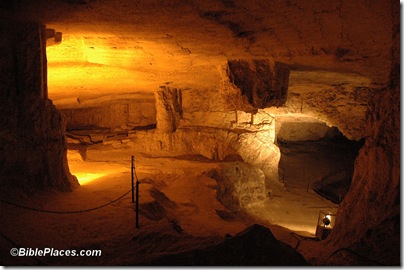If you’re a college professor or other tour group leader, you might be interested in this familiarization tour to Turkey in March. This came via Mark Wilson, who has led two college/seminary groups this year that I recommended. Both were delighted with their trips. It’s not clear to me if he is apart of this trip or not, but here are the details they sent:
Dear Professors, Colleagues, and Group Leaders, We are currently taking sign ups for the MARCH 7-15, 2008 FAM. TRIP! The March familiarization trip is for professors who are bringing or would like to bring a group to Turkey and want to come beforehand to do the tour. This is very limited space because of the special price. The professor price of $1,095 is land, airfare & tax inclusive, based on double occupancy, with airfare from New York, JFK. The cost of a single room is $1,390 per person. Please ask for our spouse rate. Participants of this trip are responsible for their own transport to and from JFK. If you are interested in signing up for this trip please contact me for further details. We are also exciting for Tutku Tours’ Newest programs; January Trips, Study Abroad Programs and of course our Ephesus Meeting May 2008, www.ephesusmeeting.com in which we will have many wonderful groups and fascinating speakers. We customize all of our groups’ itineraries to fit their needs. Please ask for any brochures or further details. We hope to meet you AT OUR BOOTH in San Diego, November 14-16, at ETS (booth #216), and November 17-20, at AAR & SBL, (booth #737). We will also be offering additional meetings slide show presentations, The Seven Churches, and the Footsteps of St. Paul in Asia Minor. ETS additional meeting, date and time will be announced and the SBL additional meeting is Sunday, November 18 from 4:00- 6:30 pm. We look forward to discussing your future plans for travel in Turkey, as well as our other destinations Greece, Israel, Egypt, Ukraine, and Northern Cypress. Attached, you will find the inaugural issue of the latest news of Biblical Turkey, in the ‘Asia Minor Report’ newsletter, put together by Dr. Mark Wilson. We hope it is of interest to all of the scholars that we work with! We have great references from other college and university groups, which we would be happy to share with you! Please let me know if I can help answer any questions you may have. We look forward to seeing you and your groups here in 2008!
Best Regards,
Erin Dailey
Director of Operations
Ephesus Meeting
www.ephesusmeeting.com Tutku Tours
www.tutkutours.com
After a trip to Israel, Turkey is the place to go. You need more than a week, but this is just the familiarization trip to get you to come back for a longer time with a lot of people.
 Archaeological Excavations in the Holy Land (NEAEH).
Archaeological Excavations in the Holy Land (NEAEH). 
